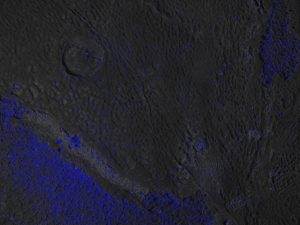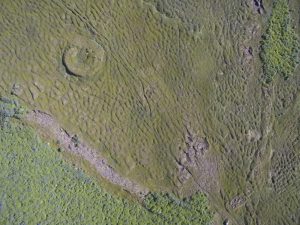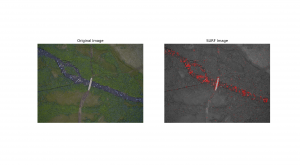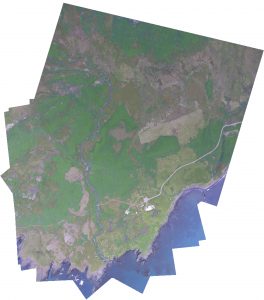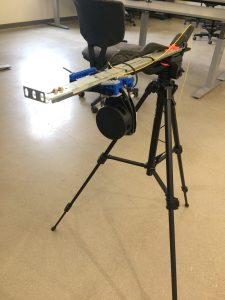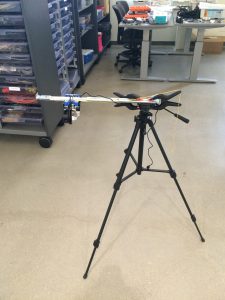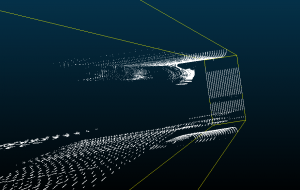Today marks our fist day here in Iceland.
Events started in a bit of a disarray with the airlines misplacing some important biology items and Charlie attempting new fashion trends,
but nevertheless after collecting our things from the baggage claim we soon found the members of our group who had arrived ahead of the main party. 
Dan was our fearless leader of the day and we organised into groups to get some errands done such as getting an emergency SIM card, going grocery shopping, and getting dry ice. At this point everyone was feeling the effects of tiredness, jet lag, and the every present brightness special to Iceland.
The day was far from over though, for our first real taste of Icelandic scenery the group went off to Þingvellir, a national shrine and home of the first parliament in existence, that lies directly next to the Almannagjá canyon which is made by the separation of the north American and European tectonic plates.
In such a short time, we have already been met by so much beauty here in the land of fire, ice, and trolls, we are all excited for what the next couple of weeks have in store for us. 


